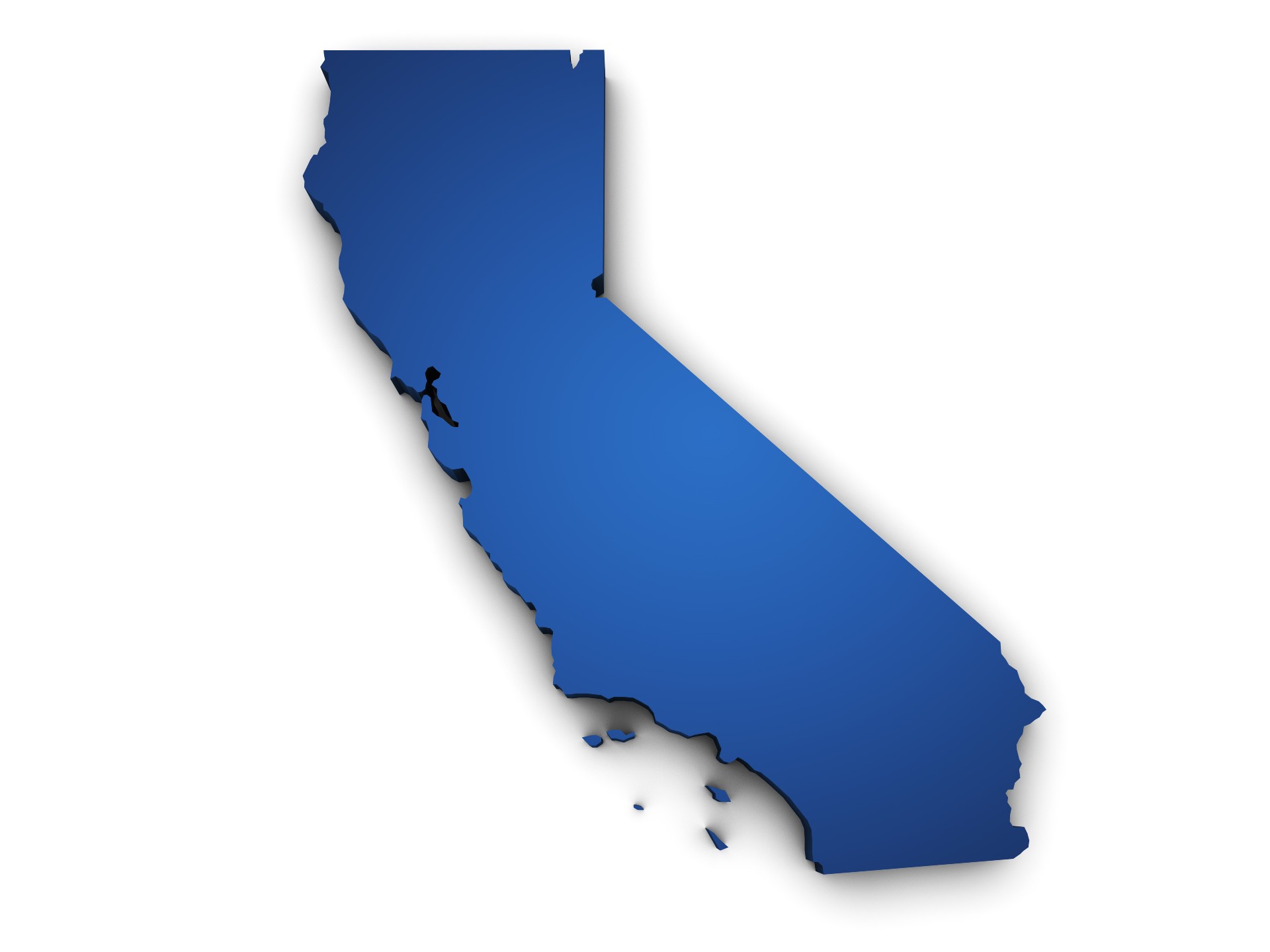In these tight times, many organizations and facilities are looking for ways to increase their budgets.
Sponsorships, grants and other varieties of donation can help. But, for them to work, both sides have to feel good about it. That requires starting with the right mindset, providing the right information and, in some cases, getting outside help.
Follow these tips for attracting donor relationships and keeping them alive over the long haul.
Paint a picture
Let potential donors and sponsors know specifically how the money will be used and the potential impact it will have.
If you’re seeking a sponsorship, sometimes it helps to focus the funding on a specific program or initiative, rather than asking for help with general operations. The City of Phoenix, for instance, benefits from a mix of sponsorships, each of whom helps with a specific program, to provide the funding it needs.
“Usually if we were to say, ‘We need help with our funding,’ they won’t do it. But if we give them a specific program for them to sponsor, we usually get really good help with sponsorships,” says Kelly Martinez, aquatic coordinator for the City of Phoenix Parks and Recreation.
Start from the Donor’s view
In the case of sponsorships, begin developing your package by looking at what the donor can gain from the relationship.
“A lot of people approach it as, ‘We just need something from them,’ and they don’t look at what the benefits are to the actual sponsor,” says Juliene Hefter, executive director and CEO of the Association of Aquatic Professionals. “When I develop a sponsorship program, I work kind of backwards. I look at what the sponsor may want, what they need, what they’re looking at getting out of the relationship. Then I look backward and say, ‘Okay, what can we offer them to meet those needs?’”
Start with the concrete benefits they’ll receive in return for their contribution, whether it’s placing their name on lifeguard apparel, giving them a booth at your safety fair, flashing an ad on the leaderboard, thanking them at an event or other recognition.
But also think in terms of the softer benefits, such as messaging opportunities. Sponsors will likely tout their contributions on their own, describing their sponsorships in websites and annual reports. In your presentations, help them understand the message that a sponsorship will convey to the community. Medical providers and health insurance companies, for instance, align well with the issue of water safety.
This also should continue past the initial agreement. Follow up periodically to show the effectiveness of your program and explain upcoming initiatives — again, so they know where their money is going. You can also ask for input: Do they have any suggestions for the program or its messaging? Is there anything else they need to make their contribution worthwhile? In maintaining its long-standing relationships, City of Phoenix meets with every sponsor before the swim season for this purpose.
“This way, they feel very involved in everything we’re doing, and they get a lot of face time,” Martinez says.
Compile helpful data
Whether you’re trying to establish a new donor relationship or trying to maintain an already established one, it helps to provide as much data as possible.
Provide what you can to describe the population you’re serving, demonstrate the need, show why your facility makes a good match for the funding, and prove the positive benefits of the contribution you’re seeking.
“At least know where you’re starting from,” said Nicole Jacobson, recreation manager for Milwaukee Recreation in Milwaukee, Wis.
With potential sponsors, let them know how many people visit the facility, attend an event or participate in a program so they see what kind of exposure they will get. Corporations want to know how many people will see their names, and they want a clear picture of those potential consumers, says Kevin Post, principal and studio director with St. Louis-based Counsilman-Hunsaker.
“If you have a swim meet with a score board, there are lots of opportunities there,” he says. “You could have 10 different sponsors across the scoreboard. That’s what you’re defining to them: ‘You’re going to be where the scores are posted, and we’re going to have 1,000 spectators over the weekend.’”
Explain any details about your facility or community that an outsider might not understand. For instance, when she applied for a grant from a national organization, Jacobson was once challenged about the drowning rates she had quoted.
“They said, ‘Well, your drowning rate’s a little less than the coastal communities,’” she says. “I explained, ‘All my open bodies of water are frozen solid six months of the year. You have to take the drowning rate you see on paper and double it, because the drownings in my community are concentrated in a six-month window of time.’”
You might need to explain to other prospects that, just because your facility is government funded doesn’t mean you have an infinite budget.
Compilation of data shouldn’t stop after the grant, sponsorship or donation is awarded. Once you get the funds, track how it impacts your programming and the people you serve. This serves a couple purposes. First, it proves to the donor that their contribution helped, motivating them to re-up in the future.
City of Phoenix, for instance, has a sponsor for its free lifejacket program. To keep them on board, the city tracked the number of rescues that had to occur before and after the city provided the lifejackets to non-swimmers. When they saw how few rescues were needed because of the change, the sponsor easily renewed their agreement. “That was buy-in right there,” says Martinez.
If you’re using the funds to provide swim lessons for free or at a discount, track how many children that register for the instruction take the classes before and after you begin offering this service. You also can let sponsors know how many children could self-rescue and put their face in the water before and after receiving lessons, Martinez says.
You can also use that data that you gain from one grant or sponsor and use it to draw new contributors for other programs, to show them that the money would fall into good hands.
In one case, a school board in Milwaukee increased its funding for aquatics when it saw the impact of grant money from another source.
“Now you have this really powerful data, and people are attracted to that,” Jacobson says. “They think, ‘Wow, it really does make a difference if they just have the funding they need to support the program.’”
Consider a fundraising specialist
This especially makes sense when preparing to build new, large-scale facilities, where you would be open to selling naming rights to a corporation that would commit to a several-year deal. They could also help with larger fundraising drives.
These professionals work on fees, based on what they’re able to earn. They can use not only their skill, but also their connections and previous relationships to identify good fits for your facility and get you seriously considered by larger companies.
“They make the argument that they will get you more than what you would get on your own,” Post says. “If you’re trying to go big, how do you walk into a Toyota and ask them for money, how much do you ask them for and how do you make sure the proposal is appropriate? That’s where they come in.”
And, of course, grant writers also can also help if you’re contending for a significant grant.



